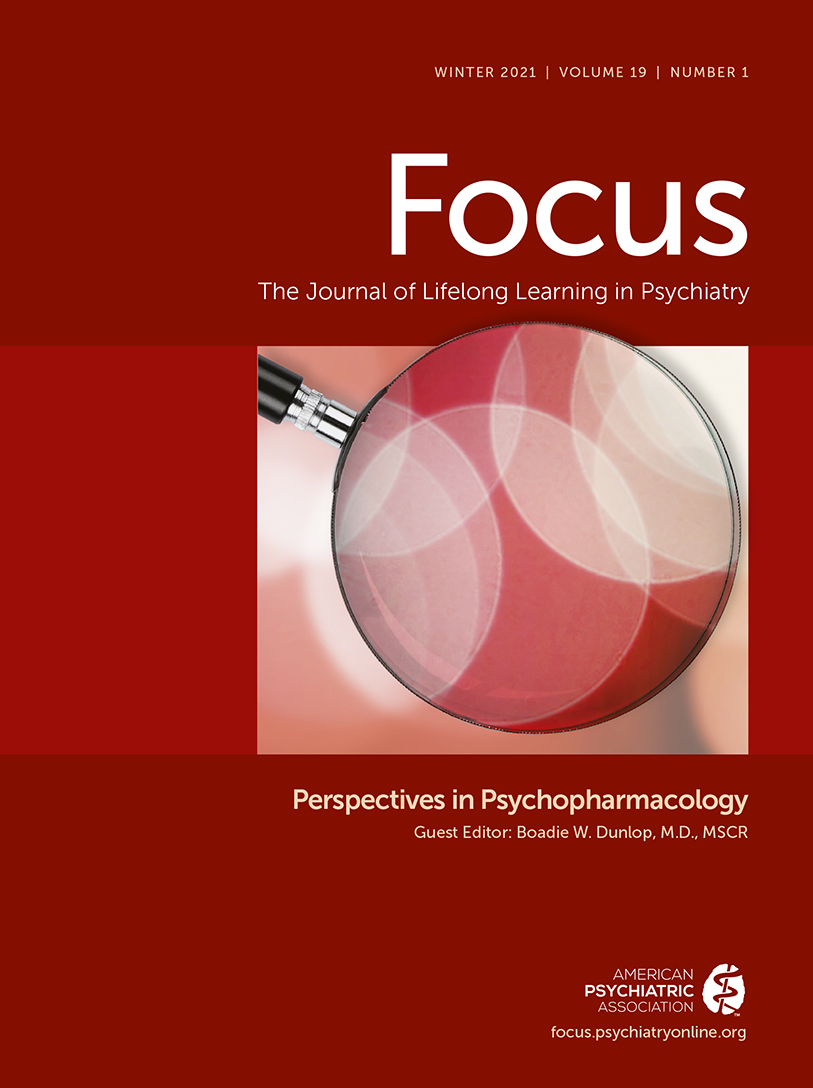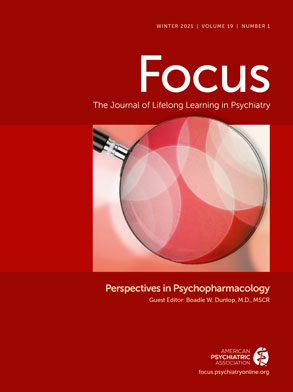We present a commentary stemming from the care and interview of a 29-year-old African American male—Mr. V—who contracted coronavirus disease 2019 (COVID-19) during the crux of a pandemic, a time of isolation and fear. During such a crisis, we medical professionals often direct our attention toward society as a whole in an attempt to slow the rate of spread and determine appropriate interventions. Although these needs are essential, this focus can often distract us from the personal experience of the individual patient. To this end, instead of following the minute pathophysiologic details of Mr. V’s symptomatic progress, hospitalization, treatment and recovery, we focus on Mr. V’s personal response to his COVID-19 experience. In this discussion, we intertwine a commentary of empathy, compassion, and humanistic care to reiterate the value of the vital role of the doctor-patient relationship during a crisis. We utilize a categorical sectioning method to distinguish different emotional responses based on the grief stages described by Kübler-Ross (
1). Identifying information has been changed to protect patient privacy.
Denial
Originally, when Mr. V began developing fatigue, body aches, and chills, he considered the possibility of a coronavirus infection but eventually concluded that his symptoms were secondary to a detoxification diet. Considering the stigma surrounding contracting coronavirus, individuals may display denial by assuming that they would never get the virus or that their symptoms are simply from allergies or the flu. This denial may diminish upon receiving a positive diagnostic test. Unfortunately, Mr. V’s positive diagnostic test did not result until after he was hospitalized for respiratory distress and pneumonia.
Denial is not always pathologic; it can be adaptive or maladaptive. Adaptive denial can protect the individual from being emotionally overwhelmed, whereas maladaptive denial is counterproductive and can prevent or delay care. Denial is not always rejecting the diagnosis; it could include minimizing the symptom severity, avoiding or delaying care, or having little to no emotional reaction to symptoms (
2). If denial becomes problematic, physicians should ensure respectful and direct communication about the illness, prognosis, and treatment while reassuring patients that they will not be abandoned.
Anxiety and Anger
Mr. V recalled that, as his symptoms progressed to severe fatigue and exertional dyspnea, he became quite fearful and anxious. His fatigue caused fears of falling and being trapped on the floor, and his anxiety progressively worsened over time as he sought care four times before receiving the accurate diagnosis and admission to the hospital. This delay in care acted as a stimulus for anger and brought about questions such as, “Why me?” and “Why is this happening?”
A lethal pandemic can instill anxious thoughts even for those without anxiety at baseline. It forces individuals to realize their vulnerabilities and potential mortality. In addition, contracting an illness can make one feel defective, weak, less desirable, and further isolated. The highly encouraged social isolation can produce a sense of disconnection and precipitate fears of abandonment. Blanket reassurance is typically ineffective and could be detrimental if the patient perceives it as patronizing or superficial. Empathy and reassurance that focuses on the individual’s specific fears can offer a more humanistic method for relief.
Anger is a common response for people dealing with an illness. Unfortunately, it may be one of the most difficult responses to confront as physicians. Conveying empathy with necessary boundary setting and tactful redirection are often essential when dealing with the angry individual. Conceptualizing a patient’s anger as a natural occurrence and attempting to diffuse and redirect the anger can help to reestablish a collaborative relationship. Physicians should recognize that anger may represent a patient’s desire for control in a time where chaos and a lack of control are nearly ubiquitous.
Depression and Guilt
After the anger, anxiety, and shock of his diagnosis subsided, Mr. V experienced sadness when having to face his potential mortality at a young age. Mr. V had no chronic medical conditions other than morbid obesity (with a body mass index of 43), was not prescribed medications other than to treat his COVID-19, and had no major diseases in his family. Therefore, facing his potential death was an unfamiliar and daunting concept. In addition, the loss of independence and his ability to care for himself during hospitalization amplified his depressive thoughts, and he began internalizing his guilt and asking, “Am I responsible for this?”
Depression, sadness, and a sense of loss are quite common for individuals with medical illness. Sadness is not always pathognomonic of major depressive disorder and may simply be a manifestation of adjustment to one’s illness. These symptoms could be a reaction to how the illness has affected the individual’s life or from anticipation of future impact. Recognizing the parallels to the process of mourning can be of great benefit, as it allows patients to normalize their sadness (
3). In this context, someone who is mourning needs support, hope, and time to process. Providing false hope is not recommended; however, giving a realistic viewpoint (e.g., giving examples of similar presentations with positive outcomes) could be of great value. As physicians, we can instill hope and understand that time to process is a vital component of addressing this stage of grief.
Guilt is particularly pertinent to the present pandemic. Considering the highly publicized necessity of social isolation, self-quarantine, hygiene techniques, and so forth, when one does contract coronavirus, one could internalize the blame. This often results in asking, “If I had done more, could this have been avoided?” and “Am I a danger to my family?” It is important for physicians to take a nonjudgmental stance to avoid the counterproductive, critical, and disapproving responses. Such negative reactions are typically ineffective for motivating behavioral change. Even if the patient is clearly at fault (e.g., lack of social distancing), taking a nonjudgmental viewpoint and approaching feelings of guilt with compassion can open up a trusting relationship for discussions of future preventative behavioral changes.
Bargaining and Outreach
As a religious man, Mr. V reached out in prayer and considered atonement that he could provide in exchange for a cure. During this time, when he still had strength, he reached out to social media for support, which, he later noted, provided more than he could handle. In fact, he eventually asked friends to stop sending messages so that he could rest.
Individuals with any illness can undergo feelings of helplessness and a lack of control. Their attempts to minimize their distress can include bargaining with a higher power (a spiritual being, a physician, etc.) or reaching out for social support. Social media has expanded the significance and impact of this stage of grief since Kübler-Ross’s time. For some like Mr. V, social media brings about an encouraging social support; for others, it can exacerbate anxiety and catastrophic thinking. Some patients in this stage may even treat the doctor as an infallible being and hope that their compliance, nonquestioning attitude, and respectful demeanor will bring better, more successful treatment. It is best for physicians in such situations to make clear that they will take care of the individual regardless of his or her actions. It is also valuable to bring back some semblance of control by allowing the patient to be an active member of the decision-making process, if possible.
Acceptance
Eventually, Mr. V was able to accept the diagnosis and find relief in knowing what underlying condition caused his symptoms. This stage became more easily attainable for Mr. V, as his hospitalization progressed toward positive outcomes for his pneumonia and COVID-19 symptoms.
Acceptance is a broad concept, with many different contexts, and unfortunately, it is not always guaranteed. When describing acceptance in the context of death, one becomes more comfortable with the concept of their own mortality. When death is no longer in the near future—because of an improving clinical picture, for instance—acceptance can often emerge naturally. As physicians, we should hope for acceptance but not always expect it. Clearly, acceptance comes on a case-by-case basis and can be greatly influenced by social support, spirituality, mental health, prognosis, and so forth.
Conclusions
In conclusion, when mass fear and anxiety are commonplace, such as during a pandemic, we as physicians can become so focused on combating the disease that we may forget the individual patient’s experience. We must remember that patients are individuals and not just the diagnoses that they may receive. Remembering Mr. V’s experience can bring a focused empathy when treating patients with COVID-19 and enhance the doctor-patient relationship. This will go a long way, both in direct patient care and the milieu of the health care experience. As with most cases of hospitalization, COVID-19 survivors will likely reflect on this time and value the interactions with their doctors far more than the specifics of the treatment received.

